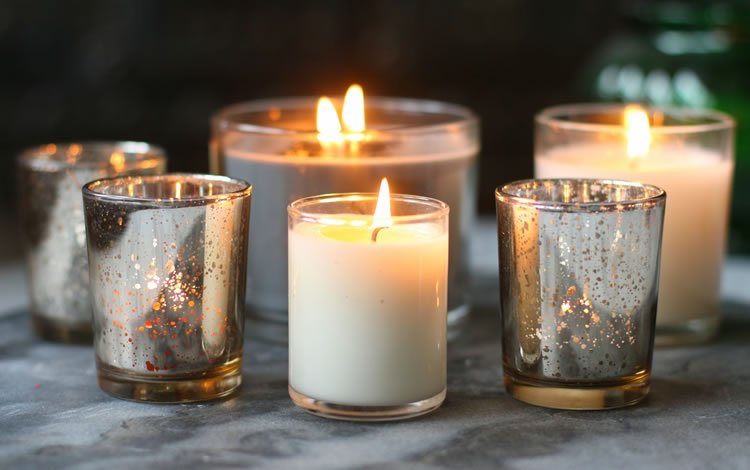*This can be a sponsored publish written by me on behalf of the Nationwide Hearth Safety Affiliation.
After we take into consideration holding our houses secure, 5 simple methods to forestall fires at residence typically get missed. We normally give attention to locking home windows and doorways or putting in a safety system, however fireplace is a significant hazard that may strike quicker than you’d ever think about.
Yearly, most fire-related deaths in North America occur at residence, and you might have as little as two to a few minutes to flee safely after the smoke alarm sounds. We’re partnering with the NFPA to share important tips about defending your house from the devastation of fireside.
1. By no means Prepare dinner and Run
Cooking fires are the primary reason behind fires and accidents within the residence, and most cooking fires contain the kitchen range.
And in case you get simply distracted like I do, then right here’s a bit wake-up name: unattended cooking is the main reason behind fires within the kitchen.
I need to admit that I’m responsible of this one. Does this sound acquainted? You’re cooking up one thing for dinner after which run out of the kitchen to do one thing that’s in all probability not that essential. What was solely purported to take just a few seconds turns into minutes, and you then come again to the kitchen solely to seek out that what was cooking now boiled over or burned. Fortunately no fires. This time! To maintain it secure, at all times keep within the kitchen when you are frying, boiling, grilling, or broiling. For those who do have to depart the kitchen, to maintain it secure simply flip off the range. And in case you’re simmering, baking, or roasting meals, make sure to examine it usually. By no means depart your home when you have meals cooking and use a timer for a pleasant reminder.
💡 Hearth Prevention Tip: If it’s essential to depart the kitchen when you’re cooking, take a kitchen utensil with you as a reminder that you’ve got one thing on the range and have to get again rapidly.
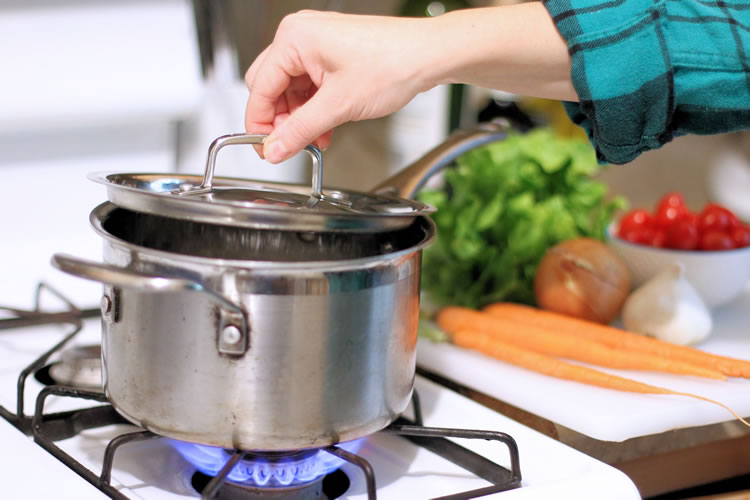
2. Preserve Your Cooking House Clear and Organized
Typically after we’re not paying consideration, issues in our cooking area can simply catch fireplace. Issues like oven mitts, picket utensils, meals packaging, paper towels or napkins must be saved a secure distance away from the stove-top. I discover once I cook dinner in a extra organized method and clear as I am going, I’m lots much less more likely to let a majority of these issues get close to my range prime.
3. Be Ready In Case You Do Have A Cooking Hearth
Typically even after we suppose we’re being secure issues can occur. So, for a bit additional precaution when you’re cooking, maintain a lid close by that matches correctly on the pot or pan you’re utilizing. If a small fireplace does begin, use the lid to smother the flames after which flip off the burner. Preserve the pan lined till you understand the fireplace has subsided and the pan or pot has fully cooled down.
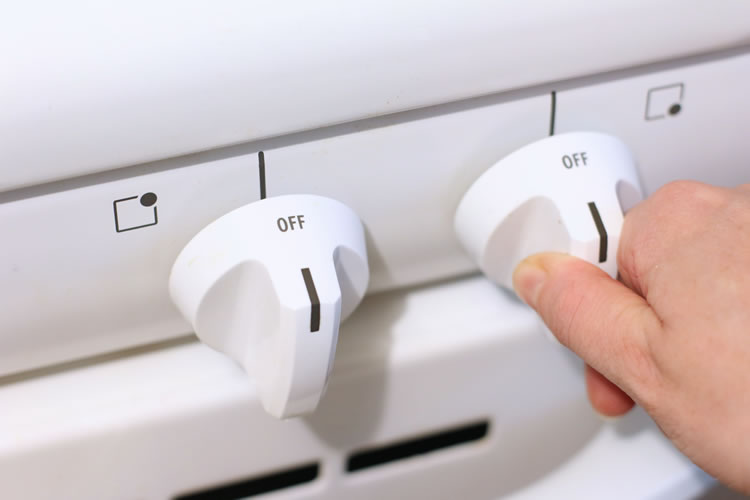
If there’s an oven fireplace as a substitute, rapidly flip the warmth off and maintain the door closed. If at any time you are feeling like the fireplace is an excessive amount of so that you can deal with, get out of the home, shut the door behind you to assist comprise the fireplace and name 9-1-1 or your native fireplace division from exterior your house. Don’t return in and let the professionals deal with it.
4. At all times Deal with Candles With Care
Let’s face it: nothing units the temper like candlelight. They create such a calming and Zen ambiance and so they can odor so darn good. However as stunning as they’re, candles is usually a main reason behind residence fires and, even scarier, residence fireplace deaths.
In response to the NFPA, from 2011-2015, U.S. fireplace departments responded to a mean of 8,690 residence construction fires that have been began by candles. Multiple-third (37%) of these residence candle fires have been began within the bed room and three of each 5 candle fires began once they have been left too near flammable objects like furnishings, mattresses or bedding, curtains, or decorations. In 16% of these fires, the candles have been unattended or deserted. And it’s in all probability no shock however Christmas, New Yr’s Day and New Yr’s Eve have the very best variety of candle fireplace incidents than every other days of the 12 months.
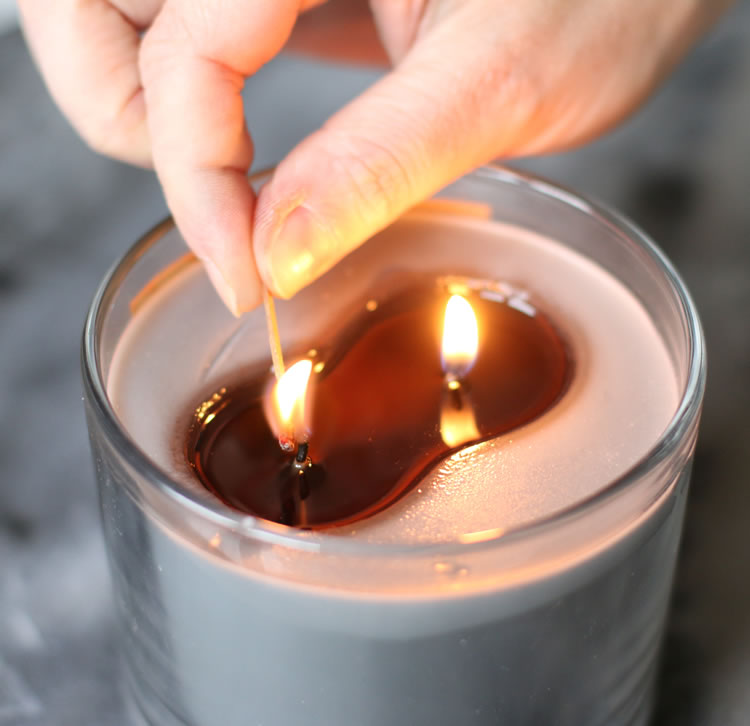
For those who love candles as a lot as I do, there are some things you are able to do to proceed to take pleasure in them safely.
- By no means depart candles unattended and blow all of them out if you resolve to depart the room or go to mattress.
- Keep away from the usage of candles within the bed room and different areas the place individuals might go to sleep.
- Preserve candles at the very least 1 foot (30 centimeters) away from something that may burn, together with decorations or greenery.
- At all times place candle holders on a sturdy, uncluttered floor and use candle holders that gained’t tip over simply.
- Mild candles rigorously, holding hair, sleeves and free clothes away from the flame.
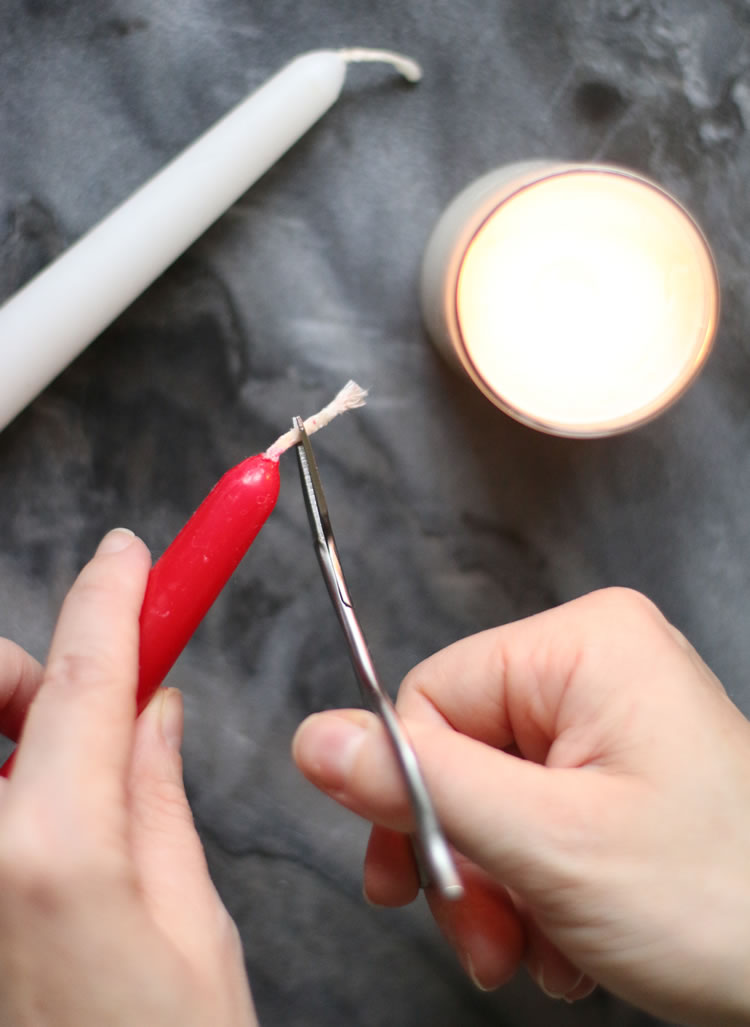
- Trim lengthy candle wicks all the way down to about ¼ of an inch to maintain flames manageable. And make sure to extinguish the flame earlier than it will get too near the holder or container. You need to use the candle holder’s lid to smother the flame gently reasonably than blowing out the flame
- Have flashlights and battery-powered lighting prepared to make use of throughout an influence outage. By no means use candles.
5. Make Positive Your Smoke Alarms Are In Working Order
When was the final time you examined your smoke alarms? Can’t bear in mind? It is likely to be time. The smoke alarms in your house must be cleaned of mud and examined each month. In the event that they’re not working correctly, instantly change the batteries or substitute the unit if wanted. Your property ought to have smoke alarms put in on each flooring together with inside bedrooms and in hallways.
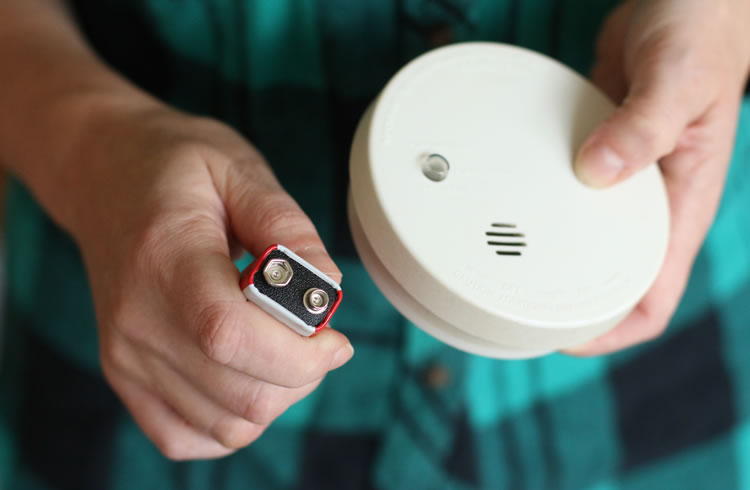
For extra methods on the right way to stop fires and promote fireplace security in your house go to the Nationwide Hearth Safety Affiliation (NFPA) at www.nfpa.org.
